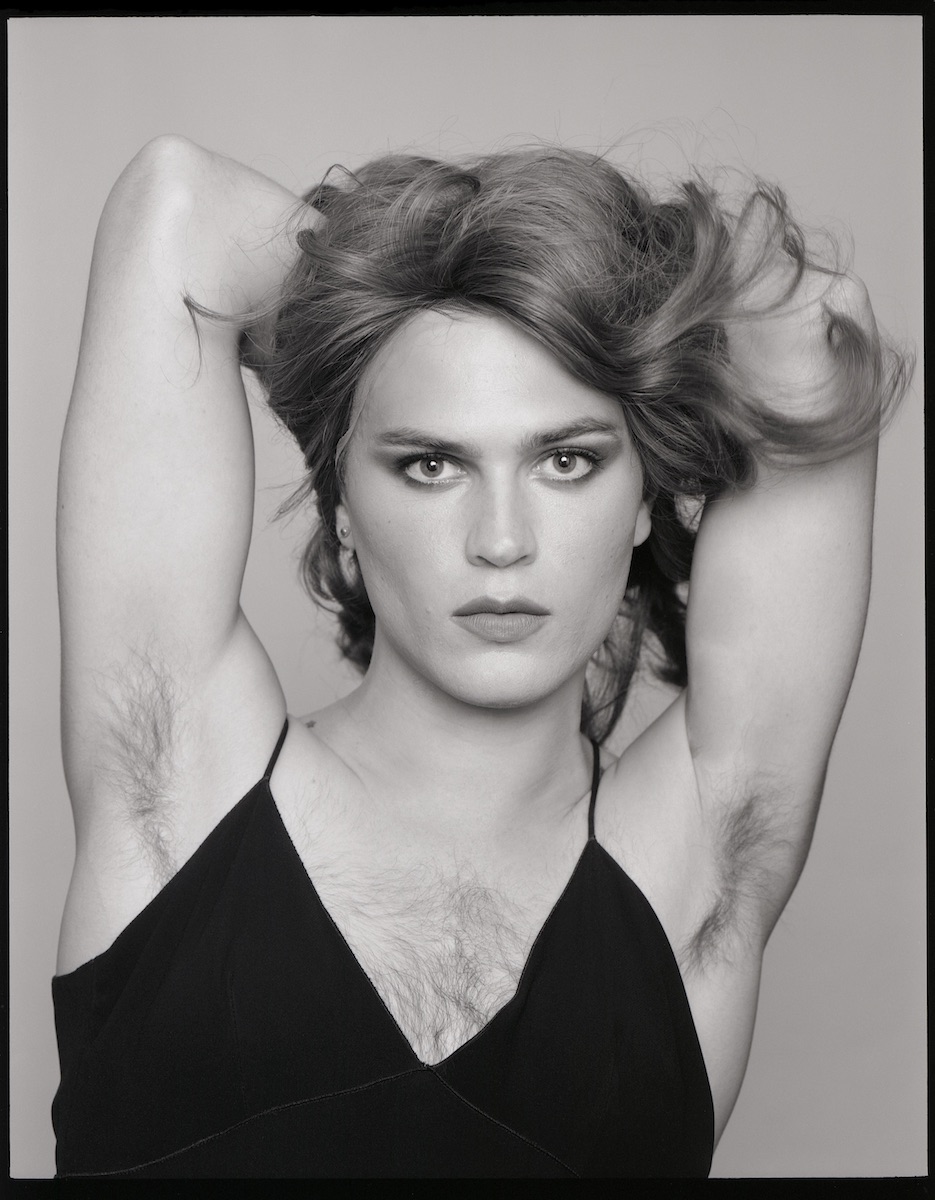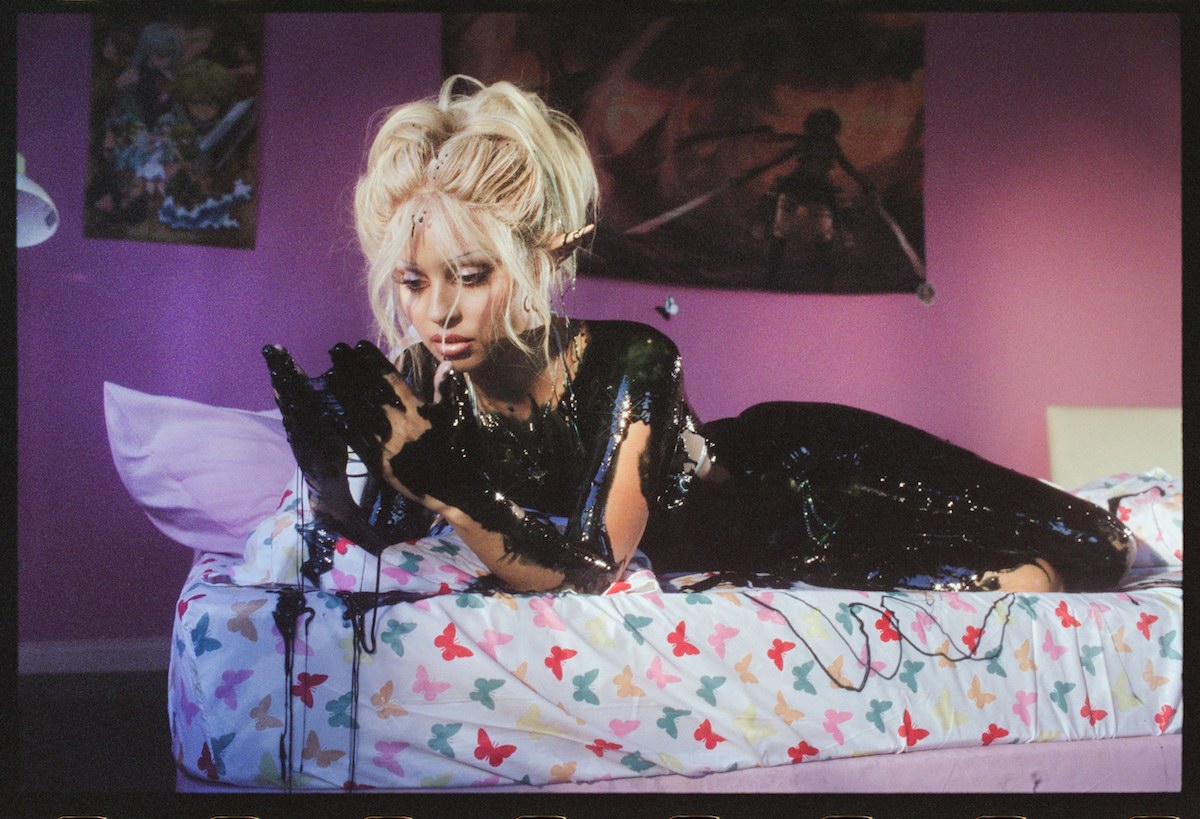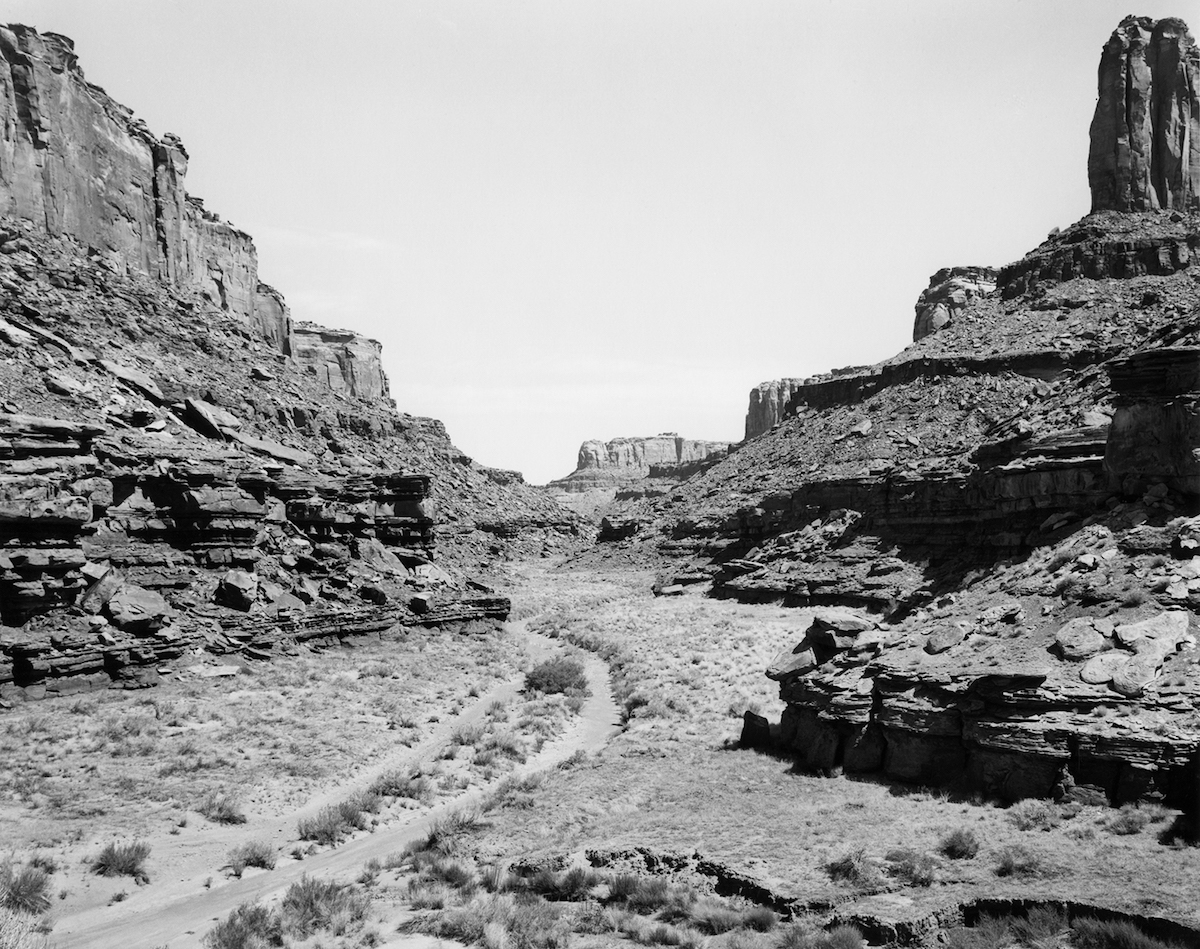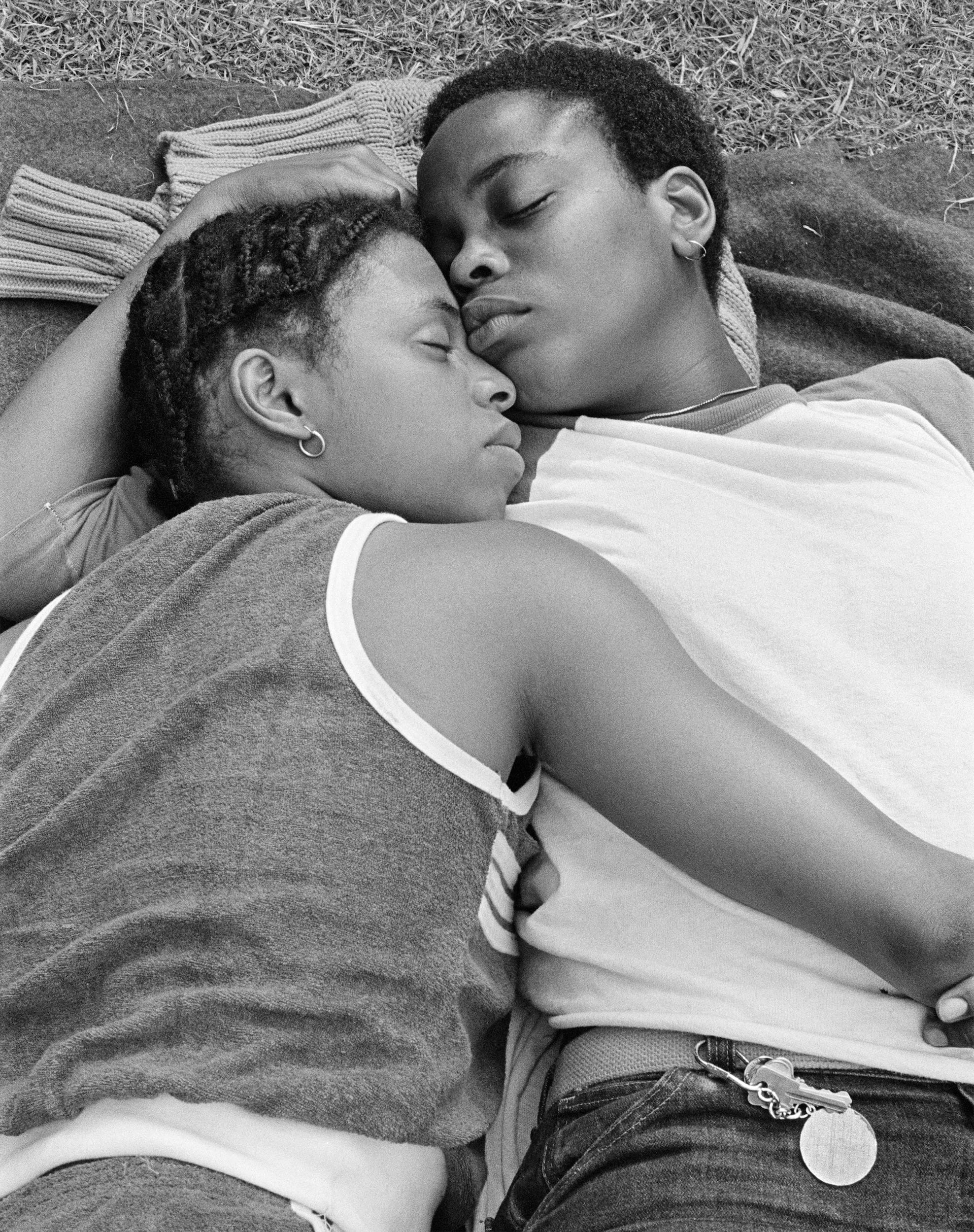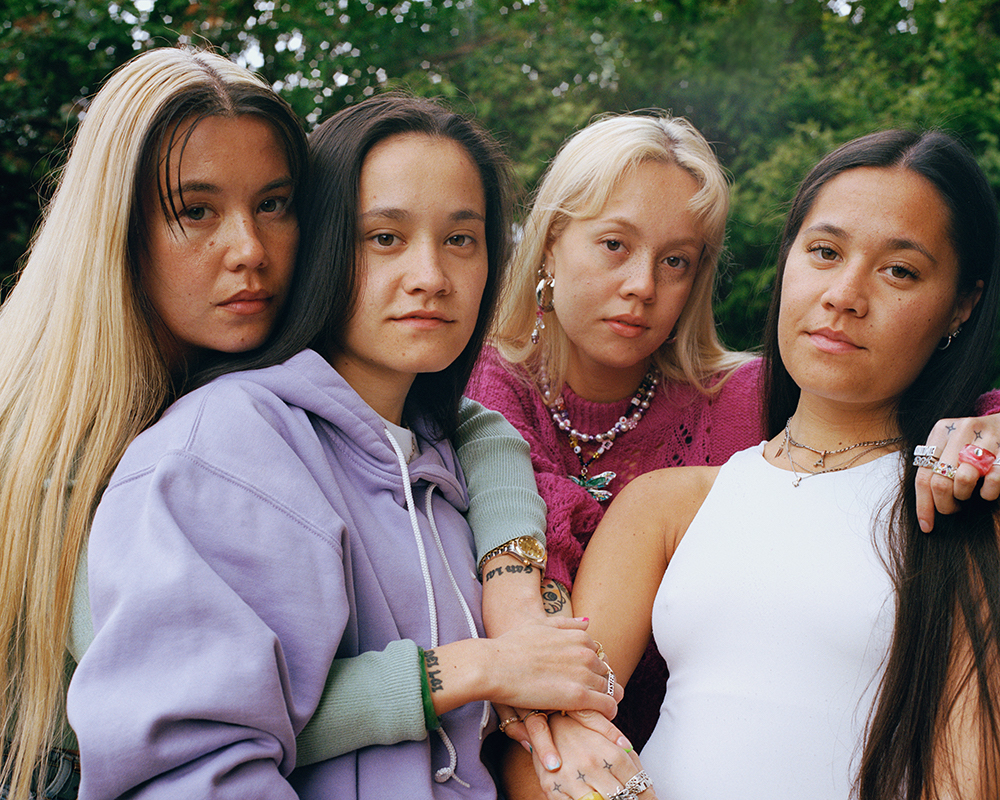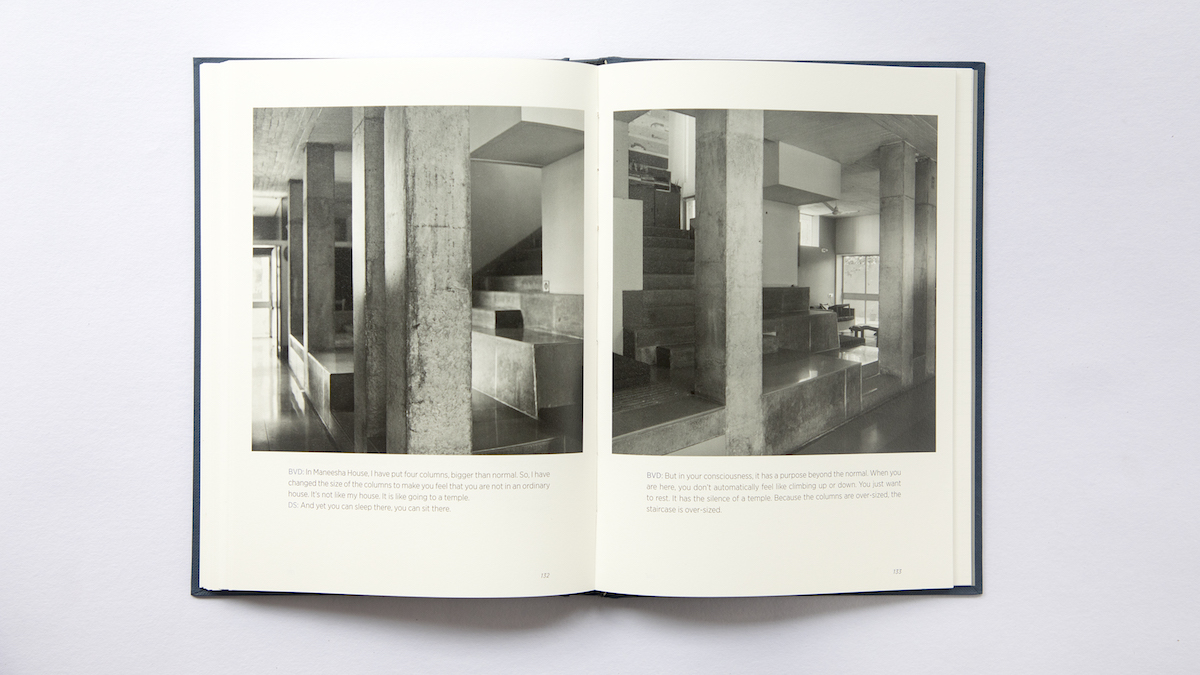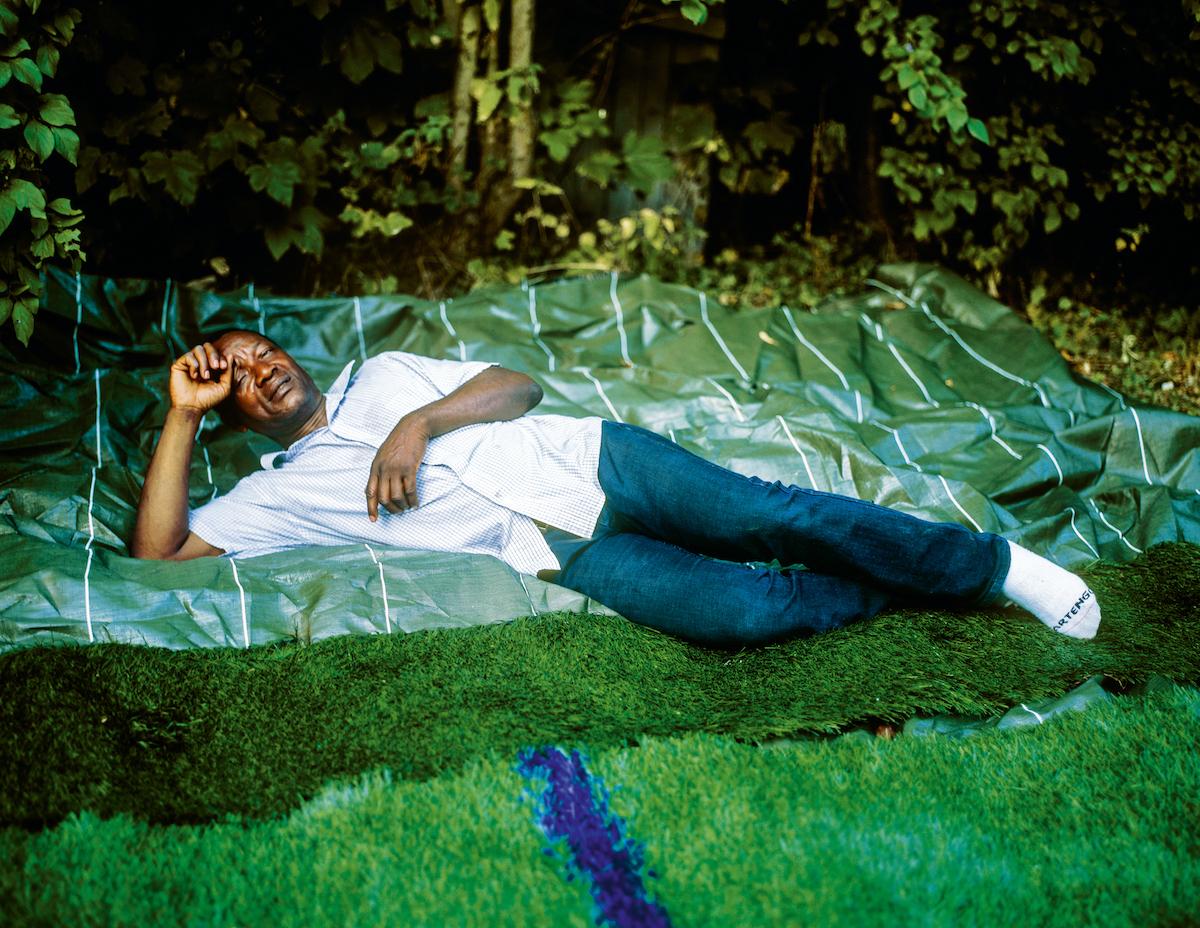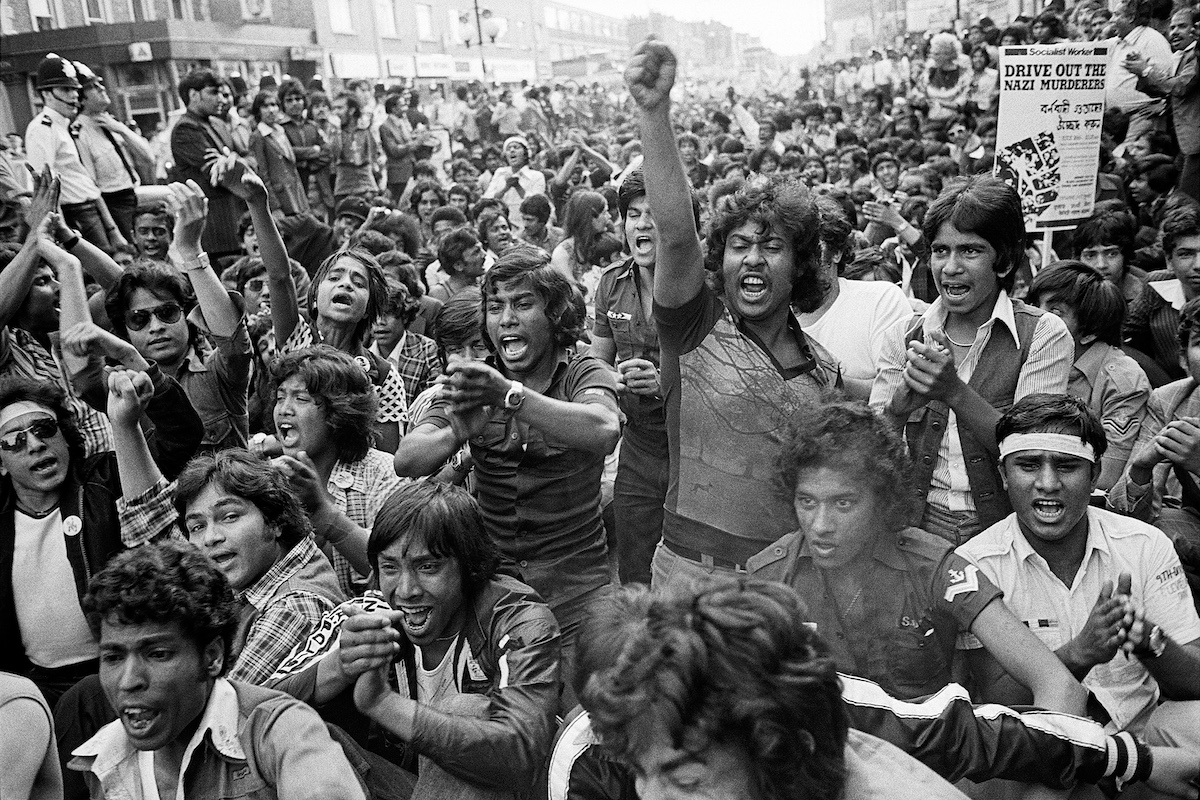This article is printed in the latest issue of British Journal of Photography magazine, Activism & Protest, delivered direct to you with an 1854 Subscription.
From Petra Collins’ enchanting collaboration with Alexa Demie to Dayanita Singh’s latest release, we round up the recently-released publications not to miss
A Glint In The Kindling
by Michael Bailey-Gates
Pinch Publishing, £45
Michael Bailey-Gates’ transfixing photographs, which compose the US artist’s first publication, A Glint In The Kindling, forgo the restraints of gender and identity. Their subjects surpass binary definitions. The focus is on the individual, often framed close-up in black-and-white – a format that makes for classical images despite what many would regard as their contemporary subject matter. Indeed, in their individuality, the book’s subjects, including Bailey-Gates, speak to a present and future where divisions in gender, identity and sexuality dissolve, rendering them fluid and unfixed. As Horace D Ballard writes in Aperture: “The subject becomes less important for who and what they are and dearer to us because of the network of intimacies and experiences they represent.”
The images are monumental. They stand alone, liberated from context or series, suspended in time and space. However, there are clues to the photographs’ construction. Much of the work was made in the garage, basement and studio of Bailey-Gates’ Los Angeles home, settings which creep into the images – a corrugated-iron ceiling, a studio backdrop, the camera itself, reminding us of the reality grounding otherwise magical scenes. In one of the book’s few colour photographs, burning candles coat two figures lying in the basement in a warm, golden glow. The image recalls the publication’s title, which itself alludes to hope – ‘a glint in the kindling’ poised to ignite a future beyond the binary.
Family Matters
by Gillian Laub
Aperture, $50
Gillian Laub’s Family Matters is compellingly honest: an unfiltered chronicle of the photographer’s complicated relationship with her family. The publication begins with a memory. Laub recalls an afternoon in 1999 when she was studying at the International Centre of Photography in Manhattan. A classmate pointed to a group in the distance, baulking at their fancy fur coats. “Look at those vulgar women,” he said. Laub agreed. Then they got closer and she realised: “It was my mom, my grandmother and my Aunt Phyllis with their entire Wednesday art-appreciation tour group.”
Laub recalls being horrified. But she also felt protective and heartened by their hugs and kisses. This dynamic runs through the book as Laub balances a growing disdain for her Jewish American family’s ostentation while also loving and valuing them intensely. Her increasing discomfort is provoked, in part, by Laub resisting the conventional path of domesticity followed by women in her family and community and, instead, pursuing photography, documenting injustice and suffering from Palestine to the American South. First-person reflections accompany Laub’s photographs, illuminating her conflicted feelings about her family’s privilege, which she manages until she doesn’t – her parents’ unquestioning support of Donald Trump an attribute she cannot overlook.
Town of C
by Richard Rothman
Stanley/Barker, £48
The Town of C sits along the Front Range of southern Colorado’s Rocky Mountains. A dramatic terrain, framing an otherwise seemingly small and sleepy locale. “I’d been visiting this town for years before I decided to begin a project there,” said Richard Rothman in an interview with Lenscratch. The photographer initially believed he had nothing new to add to the tradition of socially critical photography books focused on the US. But eventually, he decided otherwise and embarked on creating a photographic novel built from interweaving narratives and layers.
Town of C has the inescapable feeling of being the heir to books that came before it, such as Robert Frank’s The Americans. However, it is markedly distinct. An eerie emptiness pervades the black-and-white images, which alternate between monumental landscapes, intimate portraits and kitsch interiors. Arresting nudes punctuate the unsettling mundanity: the subjects somehow angelic with their almost luminous flesh. Although Town of C is grounded in reality, it feels more fictional than documentary, as though Rothman is inviting us to project our own stories, readings and experiences onto the images, each of which emerges as a window onto a world that is at once decidedly distant and unsettlingly familiar.
Fairy Tales
by Petra Collins and Alexa Demie
Rizzoli, $45
Petra Collins’ dreamy, softly lit style was one of the defining photographic aesthetics of the 2010s. The Canadian photographer embraced pastel colours and golden light, a stereotypically ‘feminine’ look, which she co-opted to shed light on the realities of young women, their lives and struggles. Her work derived, in part, from Collins’ desire to imagine a teenage world for herself, one she did not possess in reality. “What I was capturing, I guess, was half of my angst and then half of this nostalgia for something that never happened,” she told Highsnobiety.
Over time, Collins’ aesthetic has evolved to echo horror movies and science-fiction films, while still incorporating the ever-present ‘girly’ paraphernalia of her earlier work. And this is evident in her latest photobook, Fairy Tales, published in November. A collaboration with American actress and singer Alexa Demie (who plays Maddy Perez in the drama Euphoria), the publication rewrites and reimagines nine fairy tales that both women loved as children. The pair wrote the accompanying stories together. And these see Demie shapeshift between elves, sirens, water sprites, fallen angels and other fictional characters, photographed by Collins against the backdrop of suburban homes, parking lots and otherworldly sets.
Dark Mirrors
by Stanley Wolukau-Wanambwa
Mack, £25
Dark Mirrors comprises 16 essays by photographer and critic Stanley Wolukau-Wanambwa, which he predominantly wrote in the US over the last six years. Save for one, they engage with work made in the country, primarily by artists living there amid “intensifying racial and economic segregation”, “ecological calamity”, and the steady dissolution of democracy. In the context of this present moment, Wolukau- Wanambwa asks: “Have we been looking, these many years, at the combustible surfaces of our historical present? Have we been paying attention?… The simple proposition of this book is that these artists certainly have.”
Indeed, the publication mines the depths of the present and photography in its myriad manifestations. It is an urgent reflection on the critical state of contemporary life, which addresses the relationship between racism and visuality and the politics of attention, among many other subjects. In Dark Mirrors, Wolukau-Wanambwa positions the photobook as a fertile site for artistic invention where other formats and modes of display fall short. And although the publication is not a photobook per se, it is a rare compendium of critical photographic writing. To quote David Campany: “These are essays to live with, and to re-read.”
Photography – A Feminist History
by Emma Lewis
Ilex Press, £40
Photography was introduced to the world in 1839 with the unveiling of the Daguerreotype. Its birth coincided with the early days of the struggle for women’s rights. However, the medium’s history has remained dominated by men. Photography – A Feminist History proposes a different reading. “It’s time for some new narratives,” writes Emma Lewis in the book’s introduction. Indeed, the publication explores how “women’s rights and societal attitudes” have influenced which women became ‘photographers’, what work they made, and
how history has articulated their stories. The publication is not a “documentation of feminism illustrated through photography”. Instead, it enacts a ‘feminist’ reading of photography’s history, reflecting on the past two centuries of the medium through the diverse women who have shaped it.
“Perhaps the most immediate work of a ‘feminist history’ is to reclaim some space from the male-dominated narrative,” continues Lewis. The book is not chronological; it engages with several themes – from studio photography to activism – honing in on the work of individual female practitioners without “making reductive generalisations”. Lewis is clear that the publication is not some definitive feminist rewriting of photographic history, nor is every photographer featured a self-proclaimed feminist. Instead, it endeavours to open readers’ understanding of photography’s history and women’s crucial part within it.
England your England
by Various
Riposte, £8
“I photographed this portrait of the Man sisters (Maya, Vic, Josie and Alexandra), whose youthful ambition I find inspiring and invigorating, in the garden of their family’s house in south-east London,” writes photographer Wendy Huynh. “The sisters are half Chinese and half English and represent to me what England is today: a mix of culture, race and community.” The image is one of several that collectively form England your England, a zine published by Riposte to accompany an exhibition of the same name at Coal Drops Yard, London, which ended on 14 November.
Following the easing of lockdown and the Euros football championship in summer 2021, Riposte conceived the project to examine the discord between the self-perception of a nation and who it is in truth. The publication invited nine photographers, including Huynh, to contribute an image and written reflection responding to contemporary England. It borrows its title from George Orwell’s 1941 essay in which he attempted to define English culture during the Second World War. England your England, however, shows that there is no clear-cut definition of the country today; from Rhiannon Adam’s image of a man clutching a spliff, his lower arm inscribed with a tattoo of Winston Churchill, to Kerry J Dean’s photograph of a woman engulfed by billowing Tesco bags.
Portrait of a House: Conversations with BV Doshi
by Dayanita Singh
Spontaneous Books, $55
In 2018, Architectural Digest invited Dayanita Singh to photograph the esteemed Indian architect Balkrishna Vithaldas Doshi. Unexpectedly Singh, who gave up commissioned work decades ago, agreed. She had admired Doshi’s architecture for years, but the pair had never met. Their first encounter was magical. “He walked into the room, looked at me, and asked me, ‘So, Dayanita, tell me, how are you going to make a still photograph speak?’” Singh told Architectural Digest. “It was an amazing opening sentence, and I asked him if I could keep my phone recorder on because I knew this was going to be an incredible conversation.”
Their initial interaction was followed by many more, with Singh photographing Doshi and his family at several of their houses and recording their conservations. These form Singh’s latest publication, Portrait of a House, in which her meditative black-and-white images interact with the dialogues that run alongside them. The text is rich and varied. Light emerges as a perpetual talking point – an element central to architecture and photography. The book’s unusual format is compelling, with Portrait of a House sitting somewhere between a diary, a family album, and a textbook. But, more than anything, the publication is a rare insight into the minds of Singh and Doshi – the ideas and reflections born from their interactions.
Mohamed Bourouissa’s Périphérique riffs off the conventions of history painting with dramatic compositions featuring Bourouissa’s friends
and acquaintances in the Paris banlieues. The artist conceived of the series to bring these individuals “into history”, as Taous R Dahmani articulates in one of the two commissioned texts that punctuate the book (the other is by Clément Chéroux). Bourouissa was already working on the project in November 2005 when Zyed Benna and Bouna Traoré were electrocuted in an electrical substation while trying to escape the police. The following three weeks of riots, then the largest uprising in France since May 1968, only strengthened Bourouissa’s conviction.
Périphérique was Bourouissa’s breakthrough series, and it featured in his installation Free Trade, which won the 2020 Deutsche Börse prize. But, despite this, the project, which he worked on between 2005 and 2008, had never been published in book form. This first publication of the complete series showcases previously unseen preparatory photographs alongside the main body of work, which is delineated by a large gatefold. Despite being several years since the project’s conception, Périphérique is far from outdated. Instead, the publication provides a new and distinct opportunity to reflect on a body of work, which “is probably unfinished”, as Dahmani presciently observes, “because… the series will continue to tell us alternative stories”.
Photography of Protest and Community: The Radical Collectives of the 1970s
by Noni Stacey
Lund Humphries, £40
Noni Stacey’s Photography of Protest and Community engages with London-based photography collectives from the 1970s: the Half Moon Photography Workshop, Exit Photography Group, Hackney Flashers Collective, North Paddington Community Darkroom, and Blackfriars Photography Project. Through exploring these groupings, the book raises urgent questions about the politics of photography and its role in social activism – then and now. The publication has no dominant narrative. Instead, it is a cacophony of different voices and perspectives. “I wanted the voices of the photographers to be prominent throughout,” says Stacey. And they are, alongside primary documents from varied sources: archival material, reviews of exhibitions in the press and articles.
The groupings featured were instrumental in engaging with photography through a critical lens, reinventing the medium itself and its modes of display and distribution. “People have been getting in touch with me who are much younger and saying that the publication is useful for understanding the strategies these groupings used,” continues Stacey, observing that many of the issues facing the collectives remain. Despite the publication looking back to the 1970s, it is both an enlightening history of this period and a critical reference book for the present. Indeed, although the advent of social media has reshaped the visual landscape, the strategies employed by the collectives still resonate on a theoretical and practical level today.
The post The photobooks not to miss this winter appeared first on 1854 Photography.

